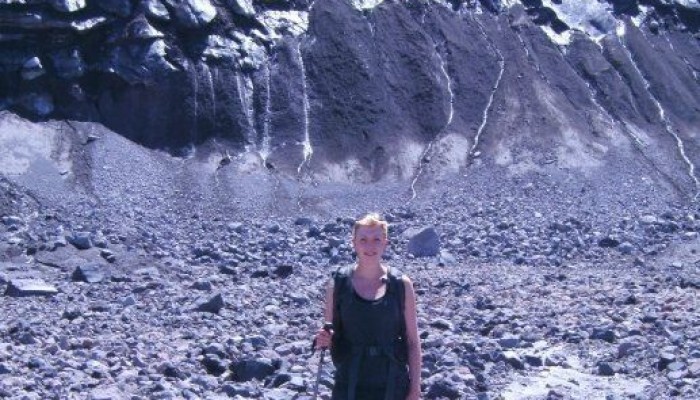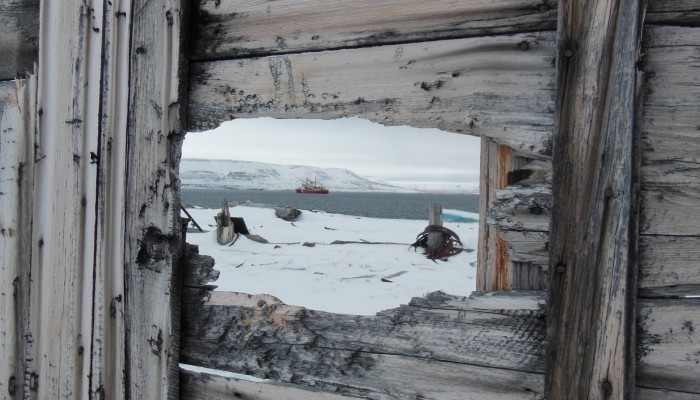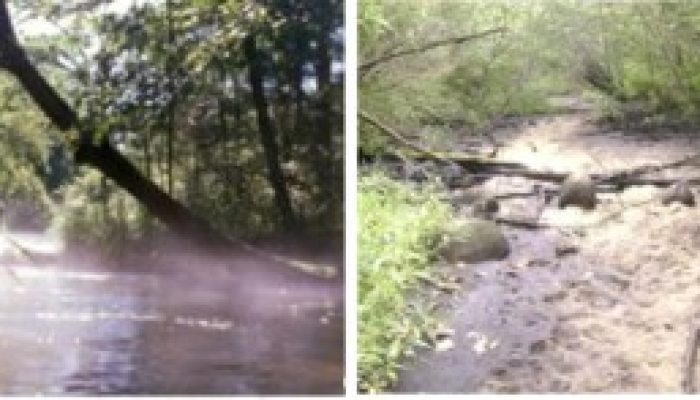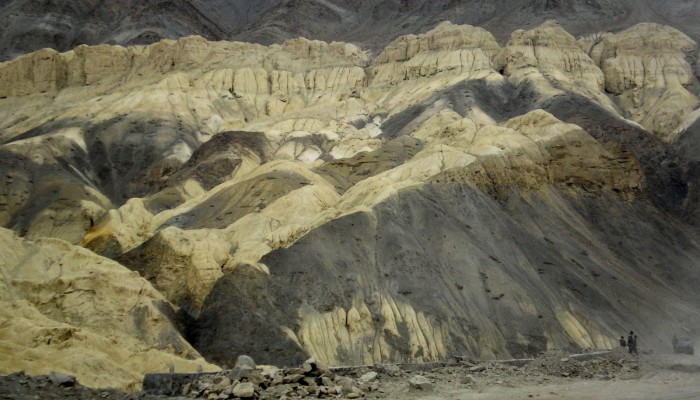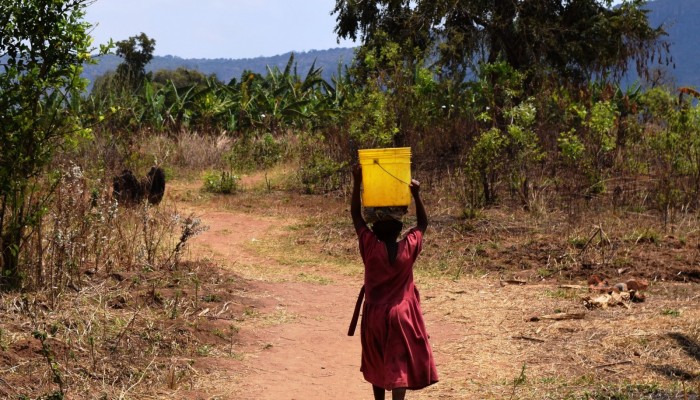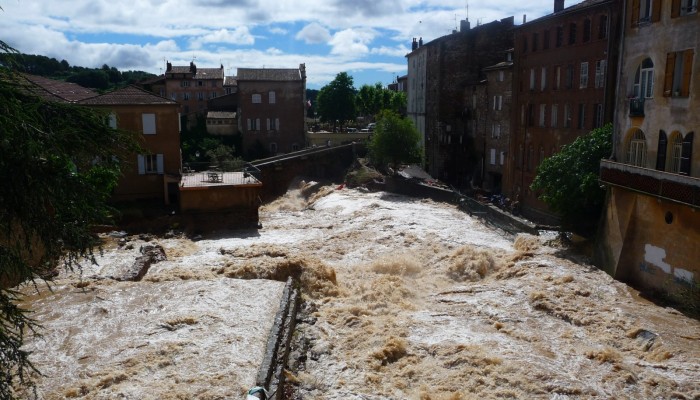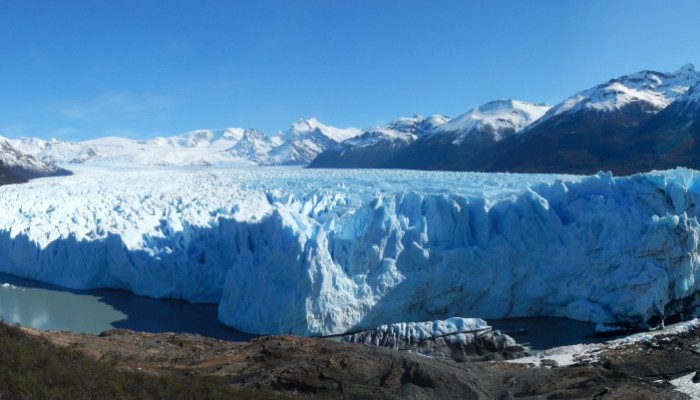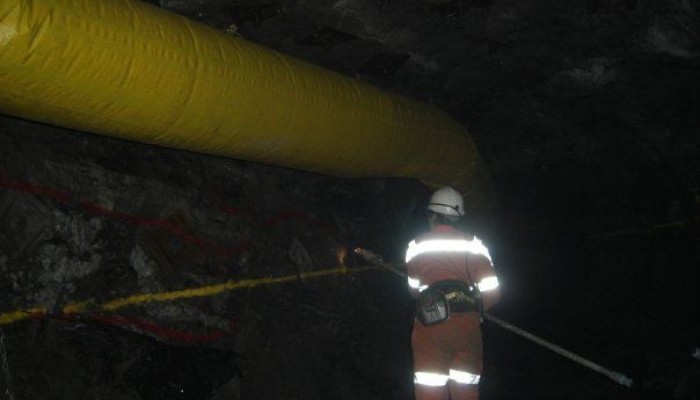Geotalk is a regular feature highlighting early career researchers and their work. In this interview we speak to Jackie Kendrick, a volcanologist at the University of Liverpool, and winner of the 2016 GMPV Outstanding Young Scientist Award. The occasion will be marked during the upcoming General Assembly, where you’ll be able to listen to Jackie speak in session GMPV 1.1 on the topic of friction i ...[Read More]
If you didn't find what you was looking for try searching again.
GeoSphere
Geology Photo of the Week #52 – Looking from the past to the future
This weeks photo is a beautiful yet sad reminder that Arctic research and work is still a dangerous undertaking just as it was for the early Arctic explorers. The following text is by Vladislav Petrusvich: Canadian research icebreaker CCGS Amundsen by Beechey Island in 2013 after tragic event when a researcher (Klaus Hocheim), captain and a helicopter pilot were killed in a tragic helicopter crash ...[Read More]
WaterUnderground
Baseflow, groundwater pumping, and river regulation in the Wisconsin Central Sands
By Sam Zipper, postdoctoral fellow at Madison and author of tacosmog.com We often think of groundwater as a nonrenewable reservoir, deep underground, and with good reason – less than ~6% of groundwater globally entered the ground within the past 50 years. However, where a river or stream intersects the water table, water is able to move from the aquifer to the stream (or vice versa). This supply o ...[Read More]
GeoLog
Imaggeo on Mondays: Moonland
The moon-like landscapes surrounding the Himalayan village of Lamayuru attract tourists seeking off-the-beaten track adventures. The village is enchanting, not only for the striking geological formations that frame it, but also for the presence of an 11th Century Buddhist monastery. “The rock formations are known as ‘Moonland'”, says Arjun Datta, author of this week’s imaggeo on ...[Read More]
Geology for Global Development
The Impacts of Climate Change on Global Groundwater Resources (Part 4 of 4)
Christopher Barry is a doctoral researcher at the University of Birmingham. He has written for the GfGD Blog in the past – detailing his contribution to water projects in Burkina Faso and fundraising efforts to support such work. We have recently added a briefing note to our website, written by Christopher, describing the role of climate change on global groundwater resources. You can access ...[Read More]
GeoLog
GeoSciences Column: Mapping floods with social media
Picture this: you are on your commute home, smartphone or tablet in hand, surfing the internet. You might quickly catch up on the latest news, check in with your friend’s on Facebook, or take to Twitter to share a morsel of information with your followers. This scenario is common in the modern era of technology. No doubt we are all guilty of indulging in a serious session of internet navigation ev ...[Read More]
Cryospheric Sciences
Image of The Week – That’s a Damn Fine Ice Dam!
With today’s image of the week we want to transport you to Patagonia to look at a unique fresh-water calving glacier – Perito Moreno in Argentina. This is a hot topic at the moment as the glacier did something rather unusual yesterday, read on to find out more….. This large glacier (Fig 2, highlighted red) flows down a valley, calving into the southwestern arm of Lago Argentino ...[Read More]
Energy, Resources and the Environment
Navigating the EGU General Assembly, short course for Early Career Scientists
If you are an Early Career Scientist (ECS) your first experience at the EGU General Assembly can be a bit bewildering with the sheer numbers of sessions and people milling around. You might find it worthwhile attending a short course on: “How to navigate the EGU, Tips & Tricks” (SC36): http://meetingorganizer.copernicus.org/EGU2016/session/22155.” Monday 18th of April; 12.1 ...[Read More]
GeoLog
What is in your field rucksack? The bag of a mining geologist
Inspired by a post on Lifehacker on what your average geologist carries in their rucksack/backpack, we’ve put together a few blog posts showcasing what a range of our EGU members carry in their bags whilst in the field! Of course, it’s not only research geoscientists who carry kit! Earth scientists in industry often require a number of tools to carry out their daily duties. Today we feature the co ...[Read More]
Biogeosciences
Coffee break biogeosciences – using truffle dogs for science!
Coffee break biogeosciences, your bi-weekly biogeoscience cake to accompany your coffee… Do you remember your last scientific conference? Did you also find the scientific coffee break discussion as interesting as the scientific talks? If yes, these short blog posts will allow you to keep the interesting coffee break discussions going as we´ll give you on a bi-weekly basis your scientific bio ...[Read More]

